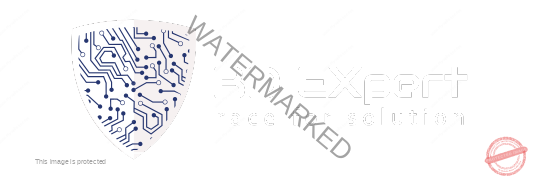The Importance of Advanced Access Control Devices in Modern Security Systems
In today’s fast-paced, technology-driven world, security has become a top priority for businesses, organizations, and even homeowners. With the increasing sophistication of threats, traditional lock-and-key systems are no longer sufficient to protect assets, data, and people. This is where advanced access control devices come into play. These cutting-edge solutions are revolutionizing the way we manage security, offering enhanced protection, convenience, and scalability. In this blog post, we’ll explore the importance of advanced access control devices and why they are essential for modern security systems.
What Are Advanced Access Control Devices?
Advanced access control devices are electronic systems designed to regulate who can enter or exit a specific area. Unlike traditional methods, these devices use technologies such as biometrics, keycards, mobile credentials, and cloud-based management to provide a higher level of security.
Examples include:
- Biometric scanners (fingerprint, facial recognition, iris scanning)
- Smart card readers
- Mobile access systems (using smartphones for entry)
- Keypad entry systems
- Cloud-based access control platforms
These devices are integrated into a centralized system, allowing administrators to monitor and manage access in real time.
Why Are Advanced Access Control Devices Important?
1. Enhanced Security
Advanced access control devices provide a robust layer of security that traditional methods cannot match. With features like biometric authentication and multi-factor verification, these systems ensure that only authorized individuals can gain access. This significantly reduces the risk of unauthorized entry, theft, or breaches.
2. Improved Convenience
Gone are the days of carrying multiple keys or worrying about lost keycards. Advanced access control systems allow users to unlock doors using their smartphones, fingerprints, or even facial recognition. This not only simplifies access but also enhances the user experience.
3. Scalability and Flexibility
Whether you’re managing a small office or a large enterprise, advanced access control systems are highly scalable. You can easily add or remove users, adjust permissions, and integrate the system with other security measures like surveillance cameras and alarms.
4. Real-Time Monitoring and Reporting
One of the standout features of advanced access control devices is their ability to provide real-time data. Administrators can track who enters or exits a facility, when they do so, and from which entry point. This data is invaluable for auditing, compliance, and incident response.
5. Cost-Effectiveness
While the initial investment in advanced access control devices may seem high, they offer long-term cost savings. By reducing the risk of security breaches and eliminating the need for physical keys, these systems can lower operational costs over time.
6. Integration with Smart Technology
Advanced access control devices can seamlessly integrate with other smart technologies, such as IoT devices and building management systems. This creates a cohesive ecosystem that enhances overall security and operational efficiency.
Applications of Advanced Access Control Devices
Advanced access control systems are versatile and can be used in various settings, including:
- Corporate Offices: Protect sensitive data and restrict access to certain areas.
- Healthcare Facilities: Ensure only authorized personnel can access patient records or restricted zones.
- Educational Institutions: Enhance campus security and monitor visitor access.
- Residential Buildings: Provide homeowners with secure and convenient access to their properties.
- Industrial Facilities: Safeguard critical infrastructure and equipment.
Choosing the Right Advanced Access Control System
When selecting an advanced access control system, consider the following factors:
Security Needs: Assess the level of security required for your facility.
Scalability: Ensure the system can grow with your organization.
Ease of Use: Choose a system that is user-friendly for both administrators and end-users.
Integration Capabilities: Look for systems that can integrate with your existing security infrastructure.
Budget: Balance your security needs with your budget constraints.
The Future of Access Control
As technology continues to evolve, so will access control systems. Emerging trends like artificial intelligence (AI), machine learning, and blockchain-based security are set to further enhance the capabilities of advanced access control devices. These innovations will make security systems even more intelligent, adaptive, and secure.
If you’re looking to upgrade your security infrastructure, now is the time to explore the benefits of advanced access control devices. Don’t wait until it’s too late—secure your future today.

An access control device is a security system or tool used to restrict or grant access to a physical or digital space. Examples include keycards, biometric scanners, keypads, and electronic locks.
An access control system works by verifying the identity of a user through credentials (e.g., PINs, keycards, fingerprints) and then granting or denying access based on predefined permissions. It typically involves a reader, a control panel, and a locking mechanism.
Common types of access control devices include:
- Keycards or RFID cards
- Biometric scanners (fingerprint, facial recognition, iris scanning)
- Keypads (PIN-based access)
- Electronic locks
- Mobile access systems (using smartphones)
Benefits include:
- Enhanced security by restricting unauthorized access.
- Improved tracking and monitoring of entry and exit activities.
- Convenience (e.g., no need for physical keys).
- Scalability and flexibility in managing permissions.
Yes, modern access control systems often come with cloud-based or software platforms that allow administrators to manage permissions, monitor access logs, and control devices remotely.
If an access control device fails, it may result in denied access or a security breach. To mitigate this, many systems have backup power supplies, fail-safe modes, or manual override options.
Yes, many access control systems have built-in features to track entry and exit times, making them useful for monitoring employee attendance and generating reports.

